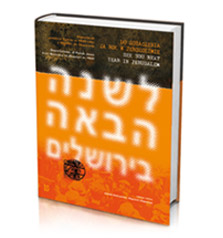Outline of events
At the end of October 1938, as result of the operation carried out by the German authorities (the so-called Polenaktion), Jews of Polish origin were deported from the Third Reich. Nearly 20,000 people were brutally expelled. They were allowed to take with them only some personal belongings and 10 marks. Starting from 28 October 1938, approx. 9,000 Jews were herded through the border to Zbąszyń (a town in the western part of Greater Poland, then situated at the border). During the first few days around 2,000 people reached other Polish cities. The rest of them were utterly surprised by the decision of the Polish authorities to close the town. During the following nine months the deportees struggled against the bureaucratic machine of the Polish state to receive permission to leave the town or emigrate to other European states, or maybe the USA or Palestine.
The town authorities and residents of Zbąszyń, hand in hand with Jewish charity organisations, attempted to create "a semblance of normal life" – despite openly anti-Semitic attitude of the decision-makers from Warsaw. Accounts of witnesses and numerous documents show that the locals cooperated with and helped the deportees, but there is no mention of direct conflicts of any kind.
The Jews were housed all over the town: in an empty mill, former military stables, at private lodgings. The community of refugees was financially supported by Jewish charity organisations.
The last of the deported Jews left Zbąszyń shortly before World War II broke out. Most of those who did not stay in Poland survived; others met their cruel fate.

